All Available Episode
All Season 1 Episode
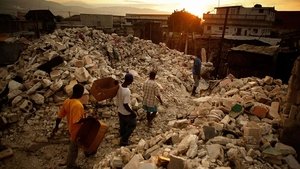
1. Tsunamis
In 2011, a powerful earthquake off the coast of Japan unleashed a huge Tsunami that killed more than 15,000 people. But the worst tsunami of all occurred in 2004, just a day after Christmas, when a Tsunami delivered truly unprecedented chaos and destruction to South Asia, caused the death of an estimated 280,000 people across 14 countries. Using survivor testimony and fascinating expert insights, we’ll investigate these two unimaginable tragedies.

2. Earthquakes
Many of our most densely populated cities are situated on the most seismically active faults on Earth. Through descriptions of survivors and fascinating expert insights, we examine two of the most catastrophic earthquakes ever to hit populated areas; a 7.0 magnitude earthquake that shook Haiti on January 12, 2010, and two earthquakes in Mexico City. Deadly, very destructive and impossible to predict, earthquakes are truly one of Mother Nature's most terrifying forces.
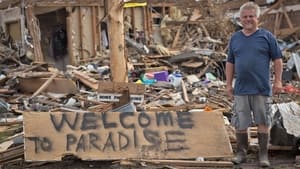
3. Hurricanes
With a combination of torrential rain, powerful winds, and devastating storm surges, Hurricanes are among Mother Nature’s most calamitous natural disasters. Experiences of eyewitnesses and reports of experts, bring us closer to two of the worst hurricanes of modern times: Hurricane Katrina, which struck the Gulf Coast of America in 2005, and Hurricane Maria which hit Puerto Rico in 2017.

4. Tornadoes
The Tornado is one of Mother Nature’s most extraordinary phenomena. These intense, rapidly rotating columns of air can attain wind speeds of more than 480 kilometres per hour, and have been witnessed on every continent except Antarctica. In this episode, we’ll focus on a part of the world which has been popularly known as “Tornado Alley;” a vast stretch of the Central United States that experiences an unusually high frequency of strong to violent tornadoes each year.
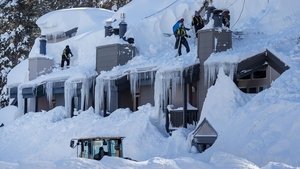
5. Landslides
Nothing can be done to stop a landslide once it begins. We examine three of the most terrible landslides in recent history: In California, where heavy rains brought massive amounts of mud into barren, fire-damaged hillsides; in Venezuela, where a series of destructive landslides wiped out a 100-kilometer coastline; and in the small Welsh mining village of Aberfan, where a devastating landslide buried an entire primary school and the students taught there.
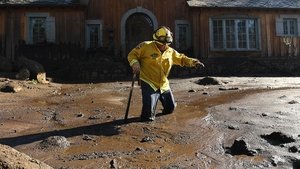
6. Pandemics
With increasing globalization and a world population that could grow to 11 billion in the next century, the risk of global disease is greater than ever before. In these episodes, we will look at the frightening recent outbreaks of swine flu and Ebola in places as diverse as West Africa, Hong Kong and East Germany. We will gain insights from some of the world's leading disease researchers such as Andreas Wack of London's Francis Crick Institute and discover why pandemics are the most insidious killers.
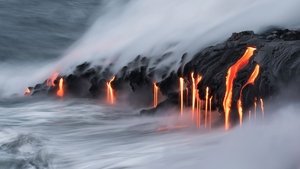
7. Floods
In large quantities, water has an absolutely destructive power. Apart from famines, floods have claimed more lives worldwide than any other natural disaster. With exceptional footage and impressive insights from extreme weather experts such as Dr. Christian Reinhardt-Imjela of Berlin University, we focus on one of the worst floods that has ever occurred along the Mississippi, as well as the recent catastrophic floods in New York City and the German Elbe. We will see why floods are so indiscriminate and devastating.
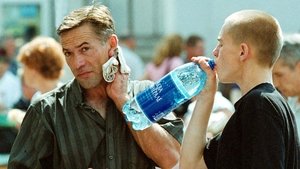
8. Volcanoes
Volcanoes occupy a special place in our imagination and mythology. Stories about the destruction of the ancient Roman city of Pompeii are still fascinating. In this episode of Deadly Disasters, we will look at terrifying examples of active and dormant volcanoes from around the world, from Vesuvius in Italy to Kilauea on Hawaii Island. We will hear from some of the world's leading volcanologists about the farreaching consequences of these massive eruptions of ash and lava.
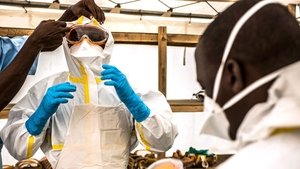
9. Heatwaves
In places like Saudi Arabia, temperatures of over 40 degrees are nothing unusual, but when such a heat hit Russia in 2010, it claimed an estimated 56,000 lives. The heat wave in Europe in 2003 even killed 70,000 people. Using exceptional footage and exciting insights from experts such as Friederike Otto, Director of the Environmental Change Institute at Oxford University, we will examine two of the most burning heatwaves in recent history and find out why this force of nature is claiming so many lives.
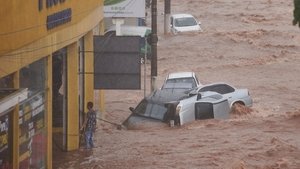
10. Blizzards
With ice, snow, extreme sub-zero temperatures and heavy winds, the blizzard is one of Mother Nature's most effective killing machines. With interviews from leading weather experts such as Karsten Haustein of Oxford University's Environmental Change Institute, this episode of "Deadly Disasters" focuses on blizzards and extreme cold events from around the world, including historic blizzards that reached the Mid-Atlantic coast of America in 2010 and a shocking storm that struck Central Europe in 2017.
